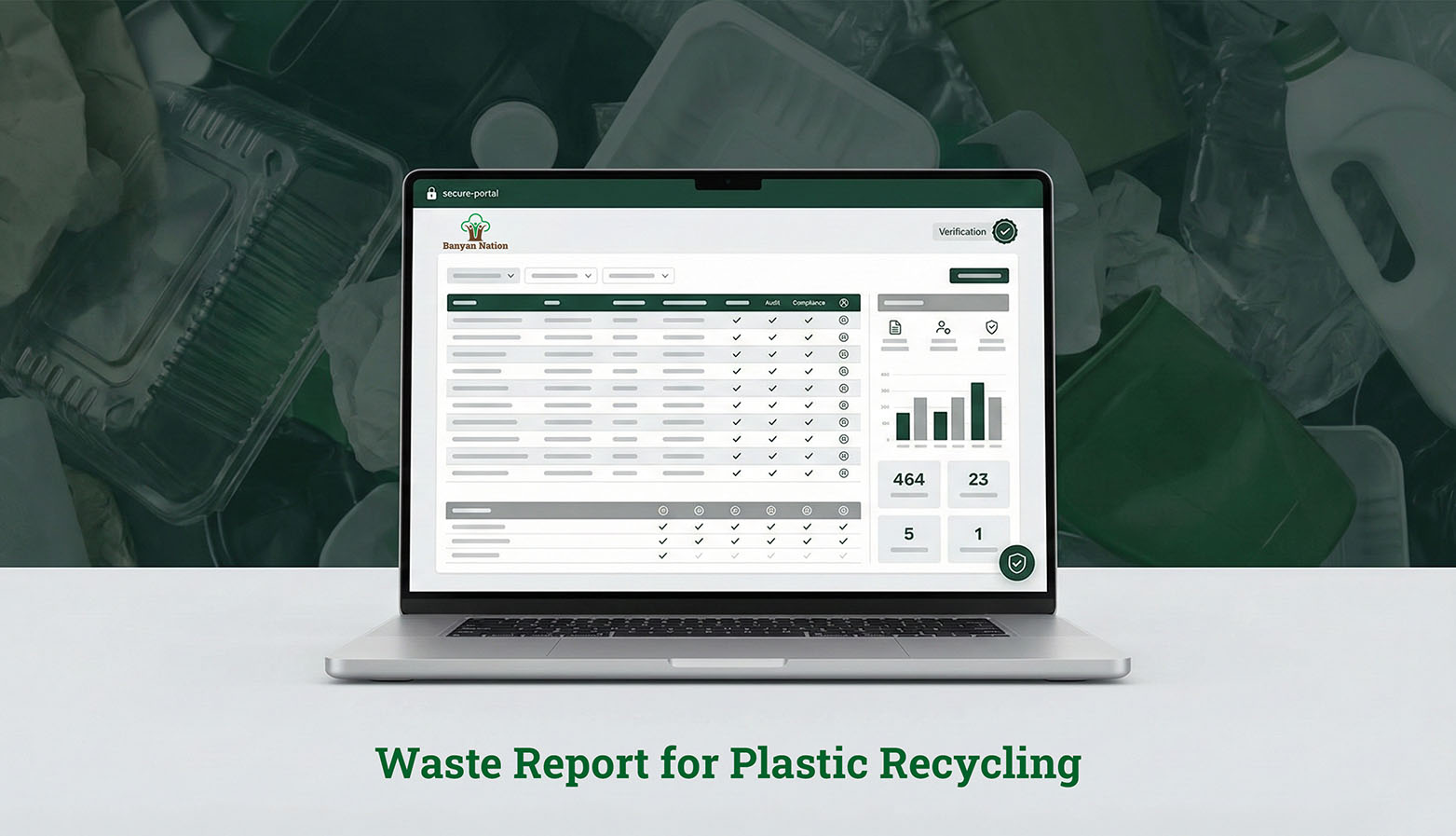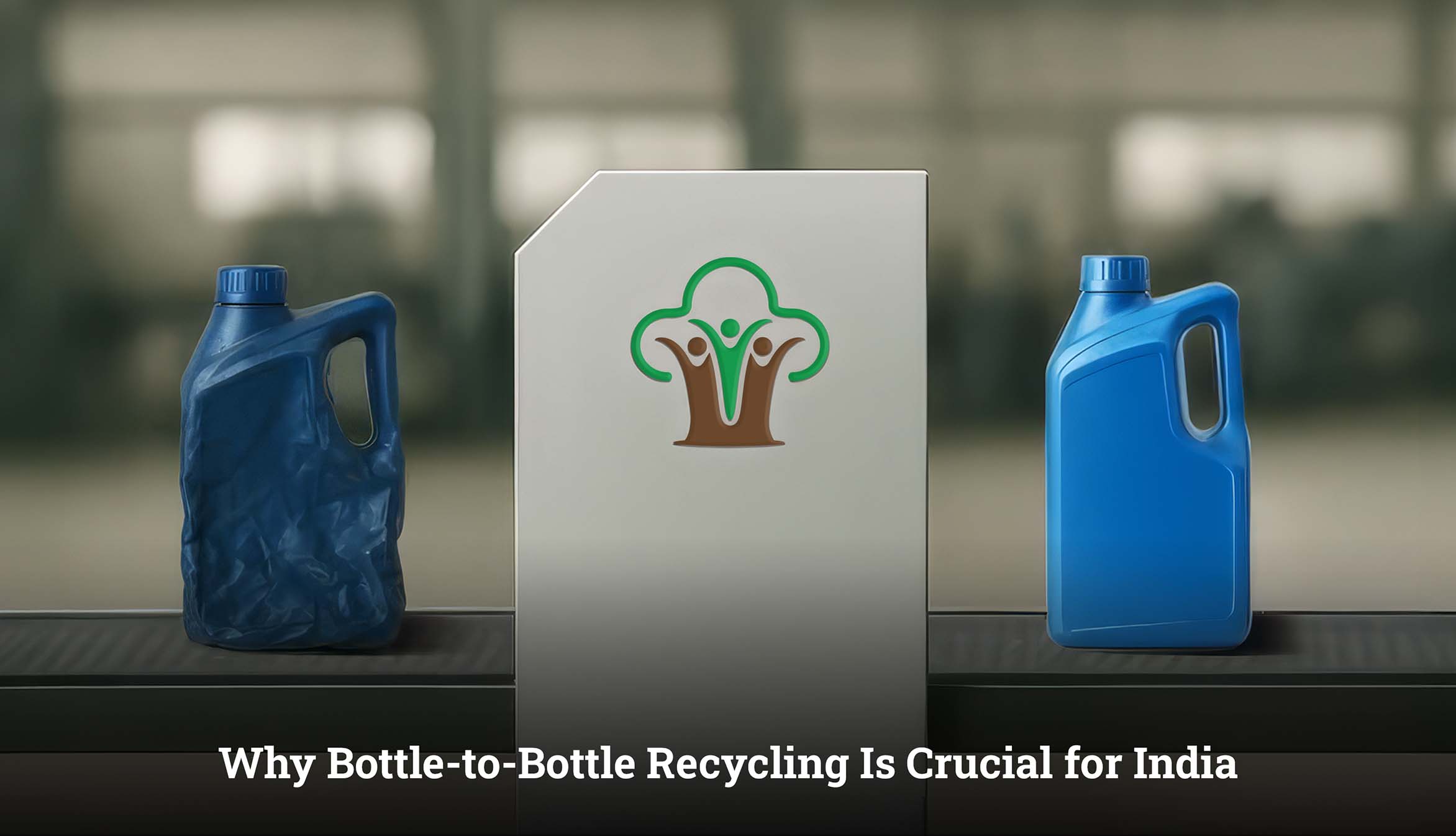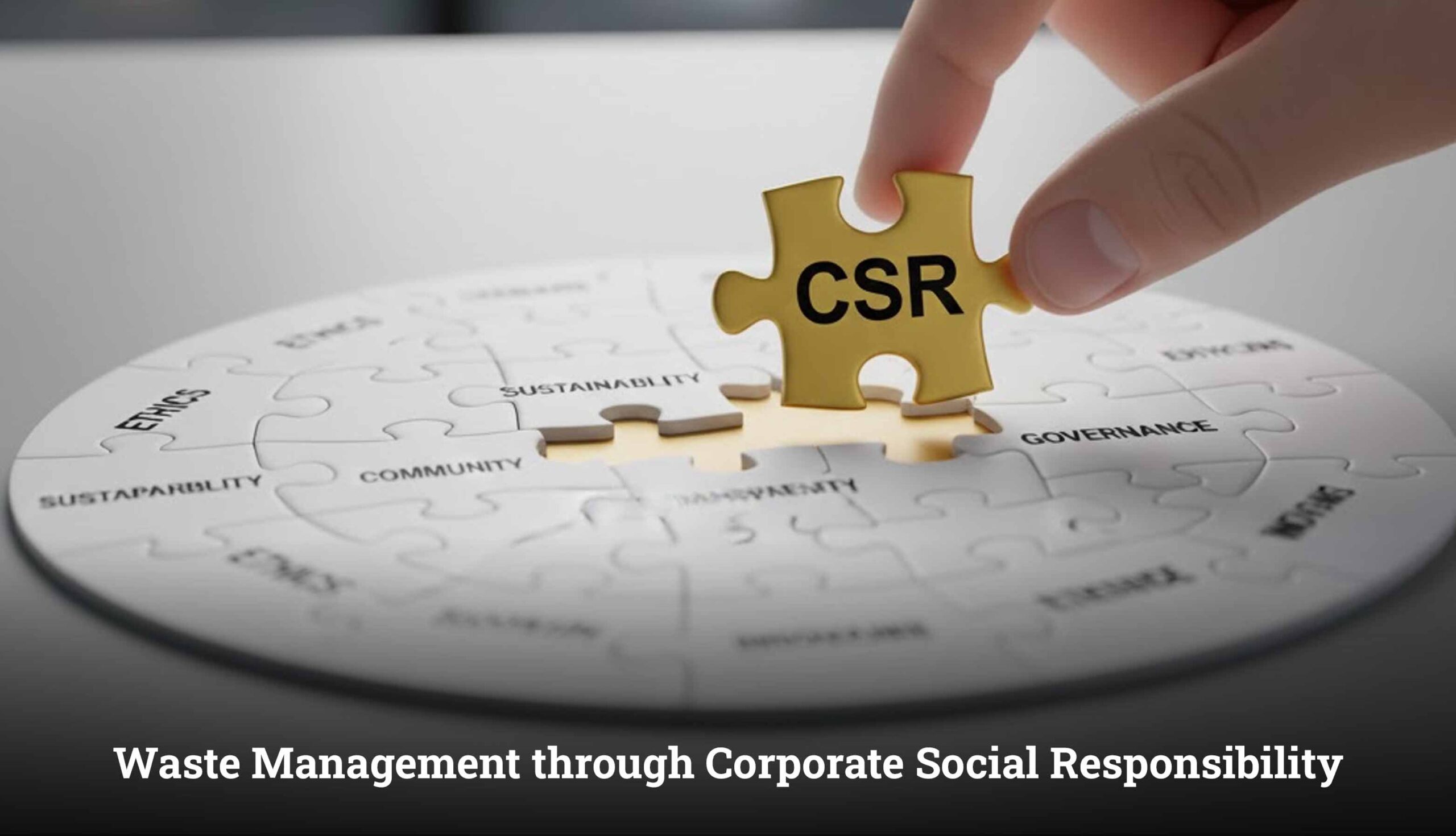The plastic waste problem is a huge deal for all of us. Every year, millions of tons of plastic waste impact the oceans, polluting rivers and beautiful landscapes. This mass of garbage hurts both our nature and us. To fix this big issue, we all need to chip in, starting with small changes in our everyday life. There has never been a moment when this question was as critical as today. If one adopts green practices and decides on ecologically-friendly choices, this means less dependence on plastics and maybe inspire others to join the crusade. Learning how to reduce plastic pollution can help prevent devastating plastic, leading to solutions for a better life on Earth.
Understanding Plastic Pollution
Too much plastic is bad. Our planet is drowning in it! It hurts animals, their homes, and us too. Why? We use too much, toss it anywhere, and it doesn’t break down easily. Each year, we make mountains of this waste. It finds its way to dumpsites, water, and even our meals. How? Plastics crumble into tinier bits, called microplastics. They’re smaller than 5mm and stick around for centuries. These tiny terrors sneak into seafood and end up on our plates! To tackle this crisis, knowing how to reduce plastic pollution is vital for both the environment and our well-being. It also makes dealing with garbage worldwide a tough task.
Why Is Plastic Bad for the Environment?
Plastic’s strength has its uses, yet this same quality poses an eco-risk as it never decomposes. Understanding ways to prevent plastic pollution is crucial to mitigating its long-lasting impact on the environment. Here’s why:
Impact on Nature's Creatures:
Frequently, animals confuse plastic with food, causing significant adverse effects. As for sea life, they swallow pieces of plastic. This can obstruct their digestion system, inflict internal wounds, or even lead to hunger. Birds, turtles, and various wildlife get caught in thrown away plastic, restricting their ability to move, inflicting harm, or resulting in their demise. Understanding how to stop plastic pollution is essential to prevent these tragic outcomes and protect the well-being of wildlife.
Dirty Water:
With time, plastics in our rivers and streams crumble, creating chemicals. These chemicals trickle into what we drink and where freshwater dwellers make their homes. This chemical intrusion can disturb the balance of life in water, impacting aquatic creatures. Lastly, these dangerous substances can also loop back to us humans through the food we eat.
Plastic's Lifecycle:
Plastic’s journey, starting from getting fossil fuels from the ground, making it, moving it, and finally dumping it, gives off heaps of harmful gases that heat up our planet. Burning it incompletely lets out even more bad gases and harmful stuff, making global warming and climate changes even worse.
Why Is Reducing Plastic Waste Crucial?
The elimination of plastic waste is important for several reasons that directly affect our planet’s health and ours:
Safeguarding Diverse Species:
The menace of plastic pollution heavily impacts wildlife and their homes. Numerous creatures confuse plastic with food, causing ingestion. This leads to wounds, obstructions, lack of proper nutrition, and even death. Plastic garbage in a habitat ruins its capacity to support various species. Understanding how to stop plastic pollution allows us to eradicate this damaging waste, defend these habitats, and give wildlife a chance to thrive, free of the hazardous effects of pollution.
Stop Harmful Effects:
Eating microplastics, tiny bits that come from broken-down plastic, could be bad for our health. These tiny particles can be found in our water, seafood, and even the air. When swallowed, microplastics may lead to swelling, hurt our organs, and create lasting health problems. By limiting plastic trash, we lessen the creation of microplastics and safeguard cleaner, secure spaces for us and animals.
Shrink Your Carbon Impact:
Making and breaking down plastics sucks up a ton of power. This results in greenhouse gases. Plastics come from stuff like oil and gas. Creating and decomposing them puffs out CO2 and other nasty stuff into the air. Using less plastic cuts demand for making it. This means less carbon goes into the air. It’s a good way to help out our climate.
Saving Nature's Spaces:
The beauty of the earth’s outdoors is more than skin deep. They keep us breathing, drinking clean water, and farming good crops. But plastic litter threatens it all. It ruins our precious outdoors. It harms habitats. Cutting down plastic trash can help. Our spaces get healthier, brighter, and more useful.
How to stop plastic pollution is a question we all need to consider, as it is not only a concern for the environment but also an important step to ensure the protection of biodiversity, safeguard human health, and minimize carbon emissions while protecting the natural world. Conscious decisions to use fewer plastics are essential for the prevention of plastic pollution and will fuel more action for a better planet.
What Are the 10 Ways to Reduce Plastic Pollution?
Here are some real-life actions and ways to reduce plastic pollution:
1. Reusable Bags
Avoid the use of single-use plastic bags and instead carry reusable bags for grocery shopping and any other form of shopping.
2. Refuse Single-Use Plastics
Decline disposable cutlery, straws, and plates. Instead, use reusable metal or bamboo ones.
3. Reusable Water Bottles
Invest in a good quality reusable water bottle to help reduce plastic bottles.
4. Buy in Bulk
It minimizes the number of plastic packaging for items purchased in bulk.
5. Prefer Glass or Metal over Plastic
Choose products packed in glass or metal, which are more recyclable and sustainable, whenever possible.
6. Proper Plastics Recycling
Understand the correct way to recycle plastic in your community to ensure proper disposal and reduce environmental impact.
7. Use Cloth Bags for Fruits and Vegetables
Replace plastic bags used when buying fruits and vegetables with cloth or mesh bags.
8. Plastic Reduction Policies
Advocate for policies and initiatives that aim at reducing the production and waste of plastics from local, national, to global levels.
9. Use Natural Fibre Cloth
Synthetic clothing also releases microplastics into water during the process of washing. It is a wise option to prefer clothes made from natural fibers such as cotton or wool.
10. Awareness and Discussion
Let people and communities know about the issue of plastic pollution through social networks or informal discussion. Sharing information on how to prevent plastic pollution can raise awareness and inspire others to take action.
What Are the Solutions to Prevent Plastic Pollution?
Solutions to prevent plastic pollution require intervention from individuals, communities and even the government. Effective strategies include avoiding single-use plastics promoting reusable items, supporting legislation to curb plastic production, and improving waste management.
Laws:
The government is key in tackling plastic pollution; they do this by creating rules and strategies. They can limit single-use plastics, such as plastic bags, straws, and forks and spoons. This will majorly cut down on plastic trash. Besides these bans, eco-friendly choices should also be provided. Reusable items, eco-friendly packaging, and products that naturally break down are great choices for a sustainable lifestyle. Implementing these measures is a part of understanding how to stop plastic pollution and can help lessen our use of plastic broadly. Plus, this can spark new ideas for inventing materials that are kinder to our planet.
Change:
Investing and improving sustainable substances are key in battling against plastic litter. Studies on the creation of biodegradable, compostable, and green-friendly substances that could substitute plastics ought to be financed and encouraged by governments and private sectors. Progress in areas like packaging and textiles can help cut down the need for plastic, toning down its impact on the environment. To truly understand how to prevent plastic pollution, we must support the development and use of substitutes, such as those derived from plants and recycled polymers, which can play a significant role in lessening plastic trash.
Infrastructure:
Making our waste system better is key to really cutting down plastic pollution. This means getting better at recycling. We need to sort more plastic waste and reuse it. A solid system for gathering and sorting trash can lessen plastic in our landfills and nature. These solutions to plastic pollution are essential for creating a cleaner environment and reducing the long-term impact of plastic waste.
Behavioral Change:
Lowering plastic trash comes from wise use and disposal practices. An awareness drive, learning projects, and community effort can teach people the importance of cutting down plastic use. Also, repurposing and recycling should happen correctly. Realizing ways to curb plastic pollution and promoting the prevention of plastic pollution can encourage folks to use reusable bags, bottles, and bins and dispose of trash correctly. A group effort in reducing plastic pollution can result from this. Major positive effects will occur when many people embrace these habit changes.
Conclusion
Solutions to plastic pollution require a collective effort from everyone to minimize environmental impact. However strong the problem may appear to be, it can significantly be minimized through adoption, support of innovation, or advocacy for systemic changes for the better. A reusable product might seem simple by itself, but multiplied among hundreds of communities and thousands of generations, it would significantly become a force for change that can bring about needed behavior change. This is when the importance of working together among people, businesses, and governments is necessary to introduce policies that promote sustainability, help the use of eco-friendly alternatives, and make corporations liable for plastic waste. Understanding how to reduce plastic pollution is a critical step in creating these changes. Remember that even the smallest of acts, taken by many, can result in a powerful positive movement toward cleaner oceans pollution, healthier wildlife, and a more sustainable world.
FAQ's
How to Reduce Plastic Waste at Home?
Here are some effective ways to reduce plastic waste:
- Swap plastic wrap for reusable storage containers.
- Choose minimal-packaging, eco-friendly cleaners.
- Convert food scraps to compost.
- Pick reusable storage instead of plastic wrap boxes.
- Turn leftover food scraps into compost, dodging plastic trash bags.
- Take your own reusable bags for shopping trips.
- Favor a reusable drink bottle over disposable, one-use plastic ones.
How Does Plastic Pollution Affect Human Health?
Tiny plastic bits, or microplastics, are the main reason plastic litter can harm our well-being. These little particles enter our bodies via the food we eat, water we drink, and air we breathe. Once in the body, these microplastics may settle in our tissues and organs. This could potentially lead to health trouble. Some studies suggest they can mess with our hormones, impacting our growth, metabolism, and ability to reproduce. Microplastics might also cause inflammation, which has ties to ongoing issues like immune system disorders and specific forms of cancer. Plastic materials sometimes contain harmful chemicals, like BPA and phthalates, which can seep into our bodies. This can add to the poisonous effects. Over time, having microplastics and their linked chemicals in our bodies can influence our overall well-being. This underlines why it’s critical to minimize plastic waste for the good of public health.
How Does Plastic Pollution Affect Wildlife?
Plastic pollution hurts animals badly, touching lives in all types of homes, from the darkest depths of the seas to the farthest woodlands. A lot of animals eat plastic by accident because it looks like food. This might be small fish eating tiny plastics or sea turtles thinking plastic bags are jellyfish. When animals eat plastic, it hurts their innards, clogs their stomachs, and they can’t get the right nutrition. This can cause them to starve. Sometimes the harmful chemicals in plastics can make the animals sick over time. They can even die.
What Is the Impact of Plastic Pollution on Climate Change?
Plastic production and degradation release greenhouse gases, contributing significantly to global warming. Addressing plastic pollution helps in mitigating climate change. By implementing these strategies and solutions, we can collectively work towards a cleaner, healthier planet.

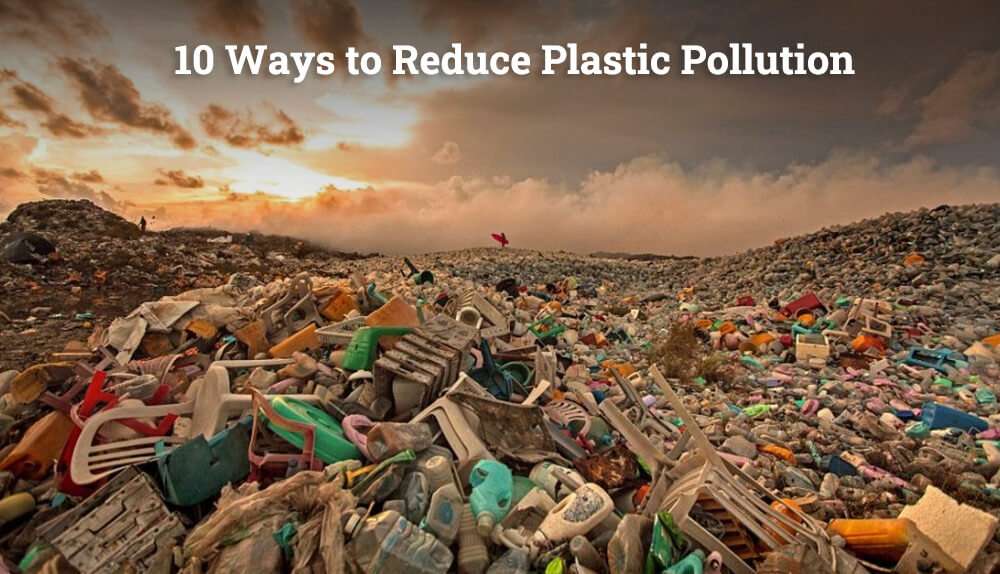
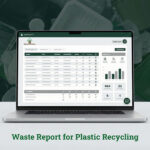 What Is Waste Reporting and Why Does It Matter in Plastic Recycling?
What Is Waste Reporting and Why Does It Matter in Plastic Recycling?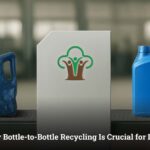 What Is Bottle-to-Bottle Recycling? Why It Matters for India
What Is Bottle-to-Bottle Recycling? Why It Matters for India The Role of CSR (Corporate Social Responsibility) in Waste Management
The Role of CSR (Corporate Social Responsibility) in Waste Management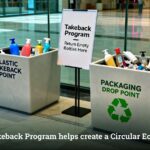 What is Takeback Program & Their Role in Building a Circular Economy
What is Takeback Program & Their Role in Building a Circular Economy What Is a Waste Audit and Why Should Recycling Companies Conduct One?
What Is a Waste Audit and Why Should Recycling Companies Conduct One?